Danger doesn’t always come in obvious forms. Sometimes, the most harmful creatures hide in plain sight, lurking in places you’d never expect. From small yet venomous critters to seemingly harmless animals with a dangerous side, these “cute” creatures prove that nature’s surprises can be both fascinating and fearsome.
1. Cone Snail: The Venomous Beauty Hiding in Reefs
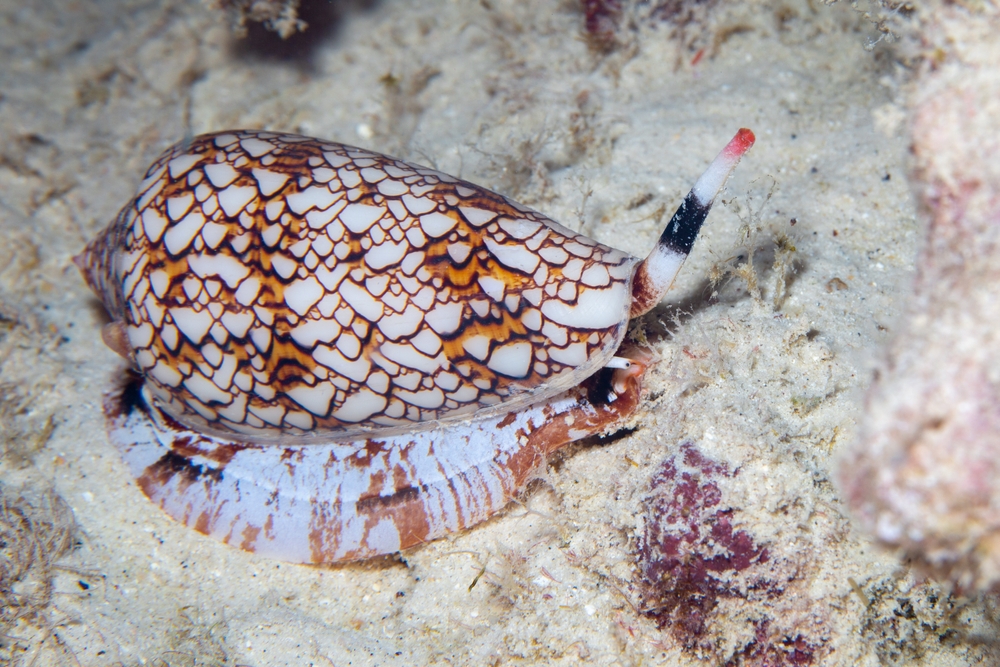
Found in tropical reefs and shallow waters, cone snails may look like ordinary sea shells, but they’re among the ocean’s deadliest creatures. With their intricately patterned shells, they lure unsuspecting collectors. However, their harpoon-like tooth delivers venom potent enough to paralyze or kill a human. A sting from a cone snail, often nicknamed the “cigarette snail,” is so lethal it’s said to leave you only enough time for one last smoke.
2. Brazilian Wandering Spider: The Closet Creeper
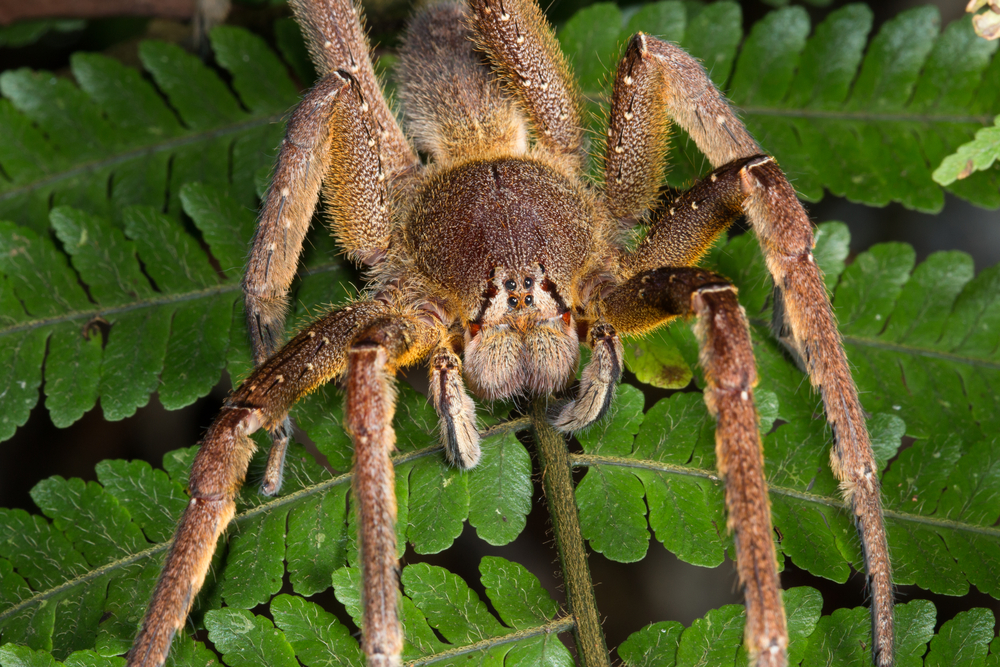
The Brazilian wandering spider is one of the most venomous arachnids, and it’s notorious for turning up in unlikely places like shoes, clothing, or banana shipments. Found in South America, its venom can cause paralysis, intense pain, and, in extreme cases, death. Its tendency to hide in dark, warm spaces makes it a nightmare for anyone who stumbles upon it accidentally.
3. Stonefish: The Ocean’s Master of Disguise
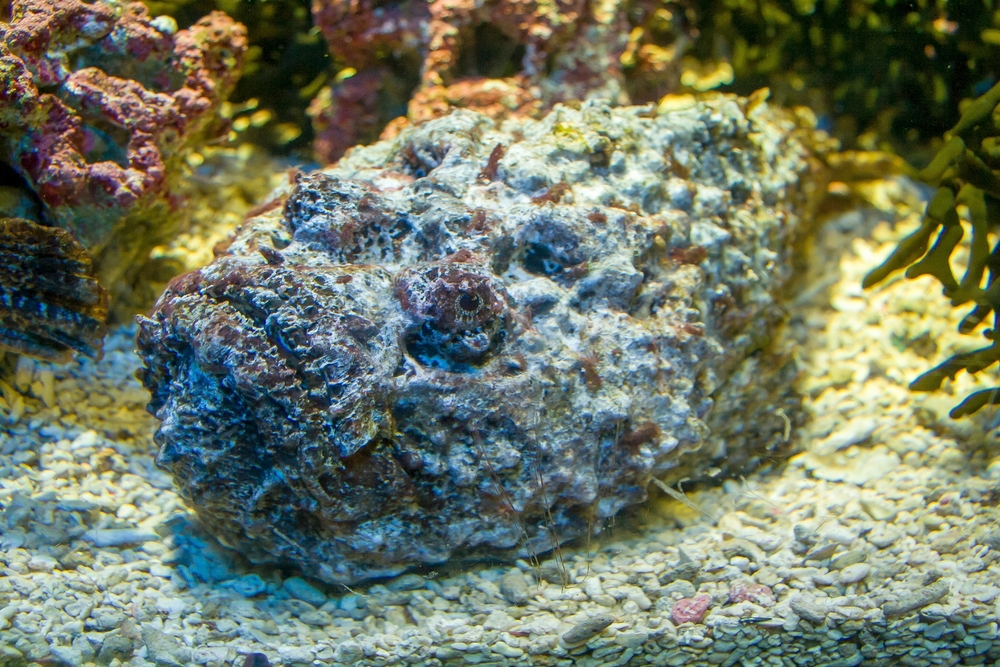
Stonefish are experts at blending into the ocean floor, often lurking in shallow waters and sandy beaches. They look like ordinary rocks, making them easy to step on. Their spines release venom that causes excruciating pain, paralysis, and sometimes death. These camouflaged killers are a stark reminder to watch your step when exploring the ocean’s edge.
4. Blue-Ringed Octopus: The Tide Pool Terror
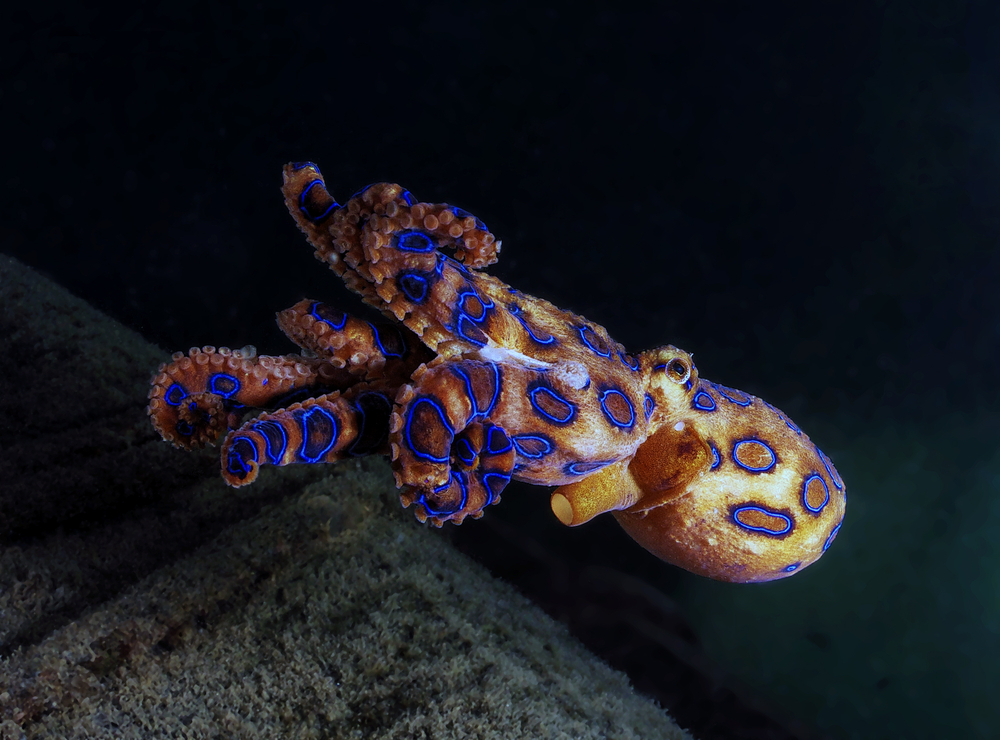
This small, vibrant octopus looks like a living jewel, but its bite can deliver venom capable of killing an adult human in minutes. Found in tide pools across the Indo-Pacific, it’s a danger hidden in plain sight. Its venom causes paralysis and respiratory failure, with no known antidote. Despite its beauty, the blue-ringed octopus is a creature you never want to encounter up close.
5. Fire Ants: The Lawn Invaders
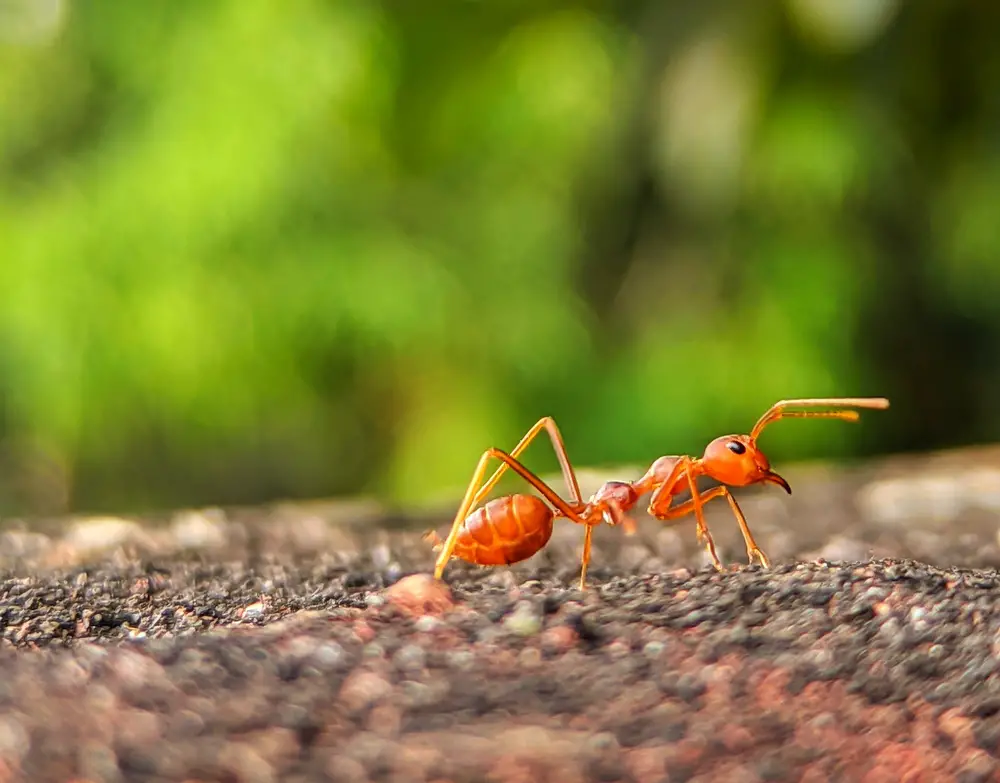
Fire ants might be small, but their aggressive behavior and venomous sting make them a serious threat. Found in grassy areas, gardens, and even picnic spots, these ants swarm when disturbed, delivering multiple stings that can cause burning pain, allergic reactions, or even anaphylaxis. Their nests are often inconspicuous, making it easy to stumble into their territory without realizing it.
6. Platypus: The Venomous Icon of Australia
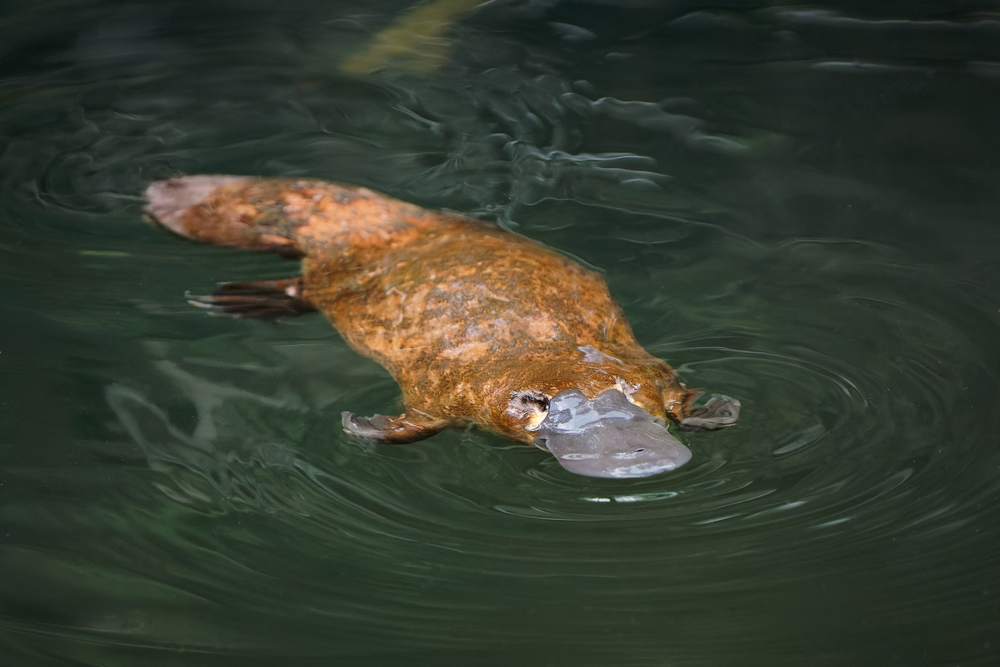
The platypus is already a quirky creature with its duck-bill and otter-like body, but what most people don’t know is that the males have venomous spurs on their hind legs. Found in freshwater rivers and streams in Australia, a platypus’s venom isn’t lethal but causes excruciating pain that can last for weeks. This seemingly adorable animal hides a sting that’s anything but cute.
7. Leopard Seals: The Arctic Predators

Leopard seals are sleek and graceful swimmers, often seen lounging on ice floes in Antarctica. While they look harmless, they’re aggressive hunters with sharp teeth and a powerful bite. Known to attack humans who venture too close, leopard seals have even been responsible for fatal encounters. Their unassuming presence in the icy waters makes them a dangerous surprise for unsuspecting explorers.
8. Kangaroos: The Boxing Masters of the Outback
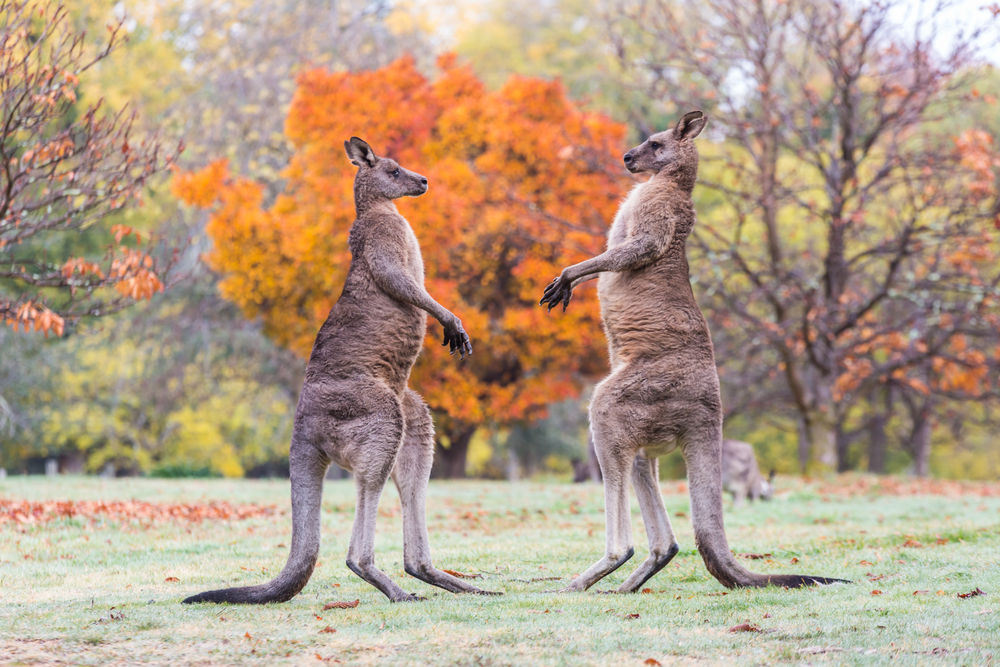
Kangaroos are often seen as the laid-back icons of Australia, but they can become highly aggressive when provoked. Known to use their strong legs and sharp claws to deliver powerful kicks, they can inflict serious injuries. Kangaroos often appear in suburban areas, and encounters with humans are more common than you’d think. When it comes to defending their territory or young, they’re not afraid to fight back.
9. Caterpillars: The Venomous Crawlers in Your Garden
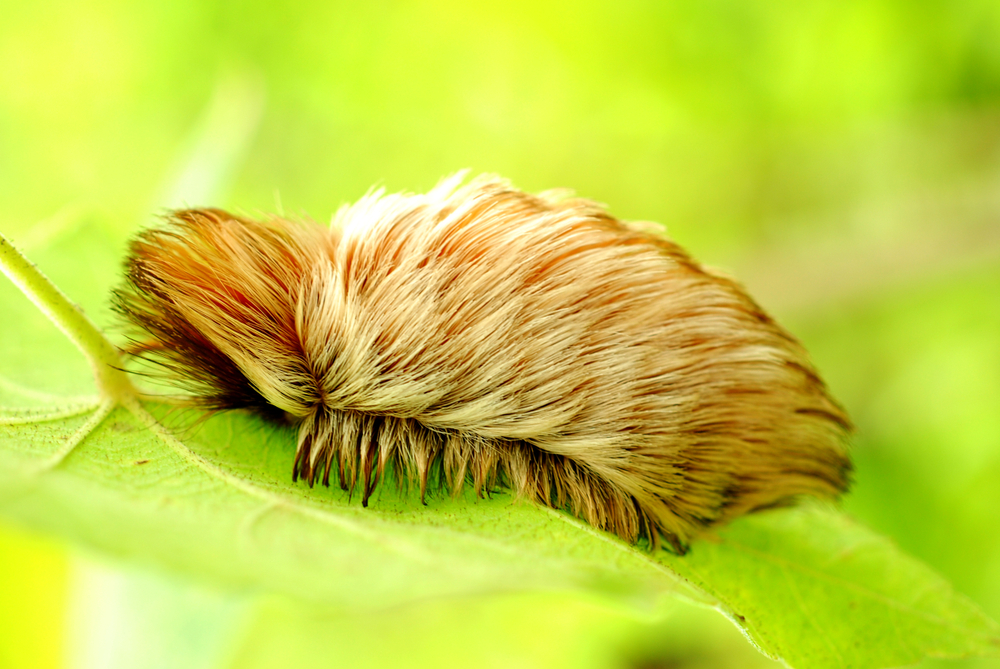
Caterpillars are usually associated with butterflies and innocence, but some species, like the puss caterpillar, are unexpectedly dangerous. Found in North America, these fuzzy creatures have venomous spines hidden beneath their soft appearance. A brush against one can cause intense pain, swelling, and nausea. Their camouflage among leaves makes them easy to overlook until it’s too late.
10. Moray Eels: The Silent Hunters in Coral Crevices
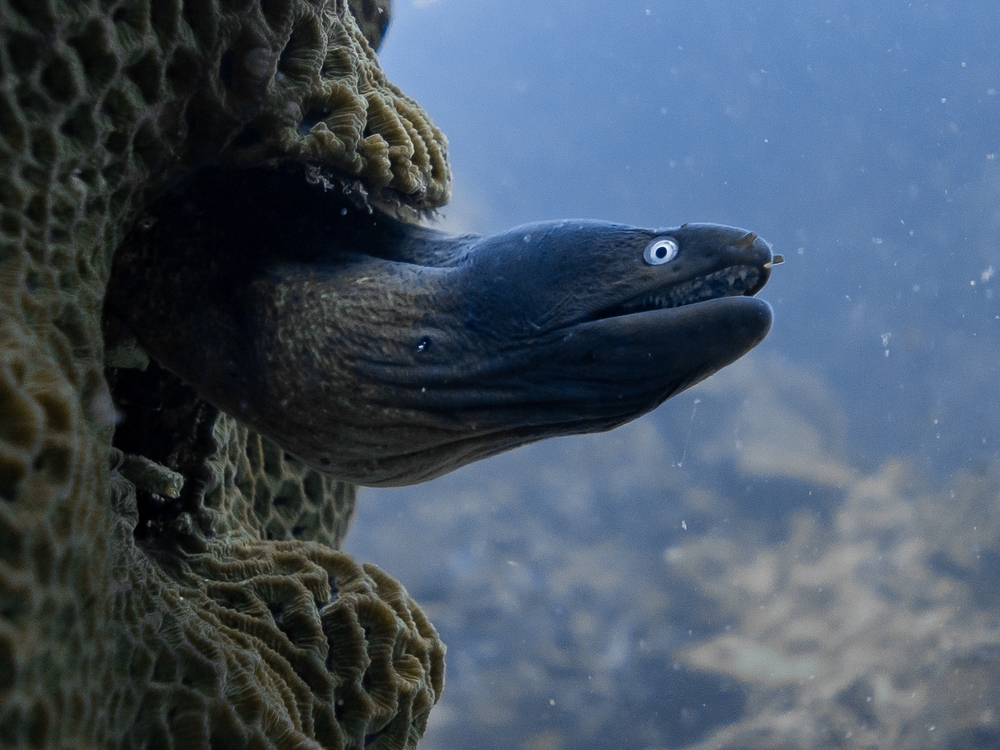
Moray eels are long, snake-like fish that hide in coral reefs, waiting for unsuspecting prey. While not typically aggressive, they will attack if provoked or startled. Their sharp teeth and strong jaws can deliver deep, painful wounds. Moray eels often lurk in underwater crevices, making them a hidden danger for divers exploring coral habitats.
11. Bees: The Urban Defenders
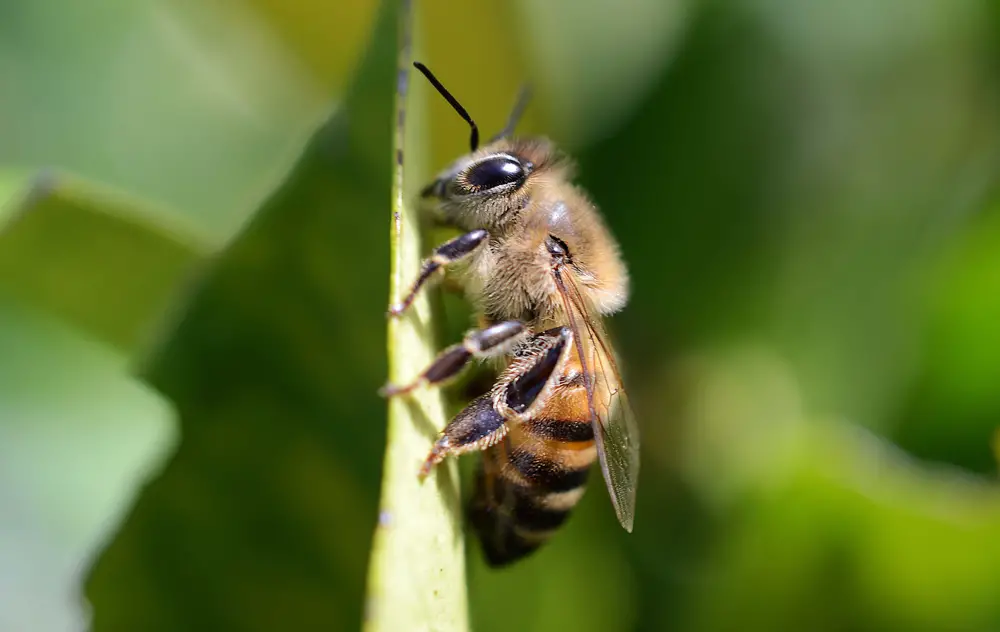
Bees are vital for pollination, but their defensive nature can turn deadly, especially with species like Africanized bees, also known as “killer bees.” Found in urban and suburban areas, these bees are highly territorial and will swarm aggressively when threatened. Unlike regular bees, they can chase perceived threats over long distances, delivering multiple stings that can cause severe allergic reactions or even death.
12. Horseshoe Crabs: The Spiked Relics of the Shore
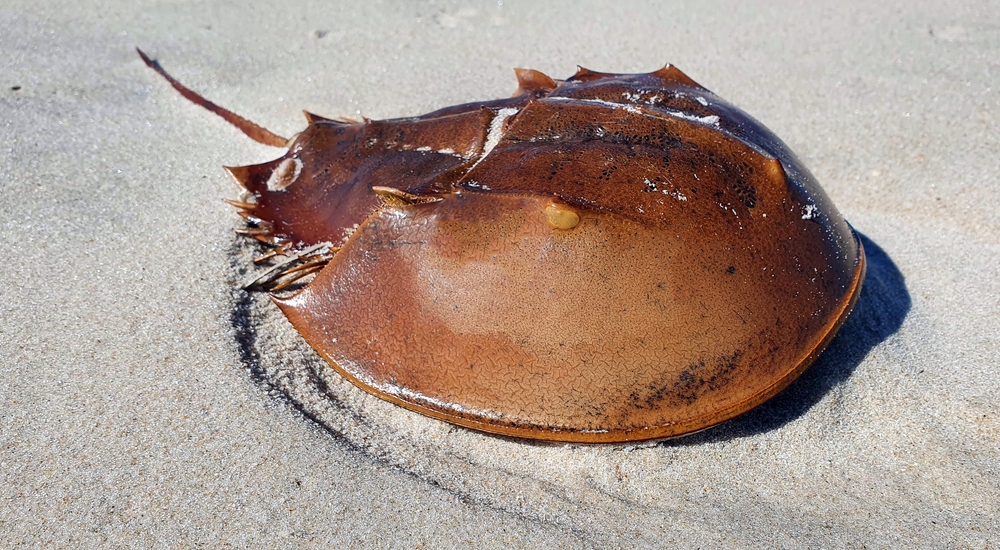
Horseshoe crabs might look like harmless relics from another era, but their spiked tails can cause painful injuries if mishandled. Found on beaches and shallow waters, they’re generally passive but can become dangerous when disturbed. Their sharp tails, used to flip themselves upright, are a reminder that even ancient creatures can be unexpectedly harmful if provoked.
